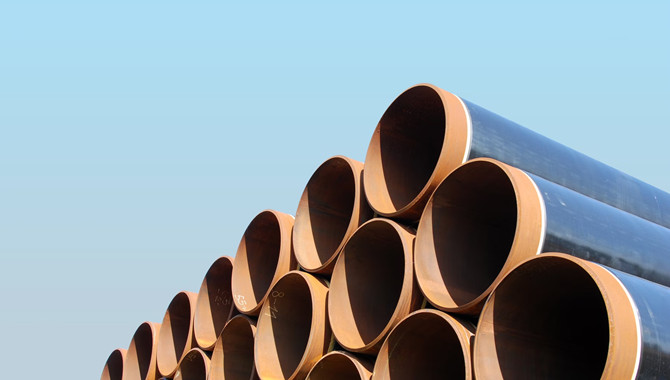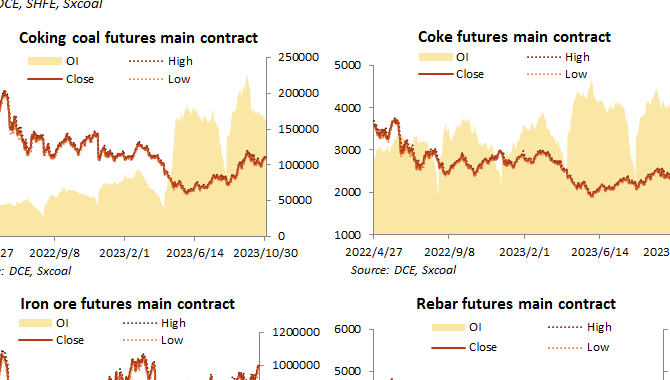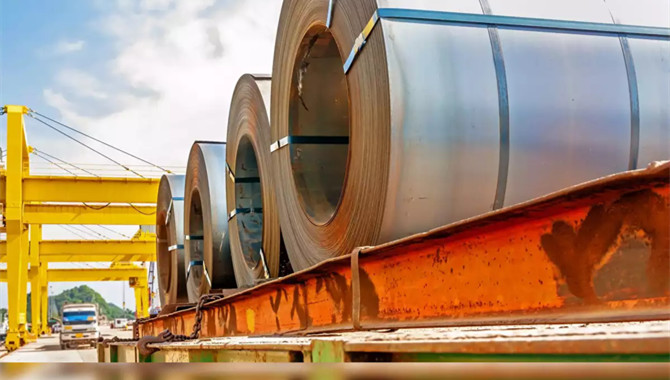Over the first three quarters of 2020, China brought in 239.43 million tonnes of coal, or about 80% of 2019’s full-year total.
Domestic output however has been slow to expand amid intensifying mine safety inspections following over 100 coal mining accidents this year, and an ongoing campaign to shut outdated sites.

The country also lacks sufficient quantities of metallurgical, or coking, coal required by its massive steel sector.
“China is unlikely to become self-sufficient in coking coal, as domestic coking coal is generally low quality,” said Jefferies analyst Christopher LaFemina in a note.
Traders and analysts say some key coal consumption areas, such as the northeast, where winter is about to set in, and the south, where power plants are far from coal mining hubs, may face a supply crunch if imports remain tightly restricted.
“We have huge pressure to ensure sufficient coal supply during winter season, but there is not enough import quota, and domestic supply may not be adequate,” said a Beijing-based coal trader at a state-owned power plant.
Analysts also expect more robust demand from heavy industry this winter as Beijing loosens emissions restrictions while it tries to spur economic growth.
He Lei, a coal analyst from Huaan Futures, estimates the looser environmental curbs could result in steel production cuts of about half the level seen last winter, or about 60,000 tonnes per day.
Inventory of coking coal at major Chinese ports hit an 18-month low of 3.5 million tonnes as of Oct 9, according to data compiled by Mysteel consultancy.
Thermal coal stocks at four major ports in northern China are at around 10.9 million tonnes, a level last seen in mid-June.
Graphic – China imported coal stocks held at major ports:

Source:Reuters
The opinions expressed herein are the author's and not necessarily those of The Xinde Marine News.
Please Contact Us at:
media@xindemarine.com




 PIL launches Academy to strengthen workforce compet
PIL launches Academy to strengthen workforce compet  Coal shipments to advanced economies down 17% so fa
Coal shipments to advanced economies down 17% so fa  China futures market updates at close (Nov 14)
China futures market updates at close (Nov 14)  CISA: China's daily crude steel output down 5.7% in
CISA: China's daily crude steel output down 5.7% in  China futures market updates at close (Oct 31)
China futures market updates at close (Oct 31)  CISA: China's daily crude steel output down 1.2% in
CISA: China's daily crude steel output down 1.2% in